This post may contain affiliate links. Affiliate links use cookies to track clicks and qualifying purchases for earnings. Please read my Disclosure Policy, Terms of Service, and Privacy policy for specific details.
A phonics based approach to reading instruction will teach children how to decode unfamiliar words. Decoding skills involve 1) recognizing letters, letter combinations, and word patterns, 2) knowing the corresponding sounds for each letter and letter combination, and 3) blending those sounds together to form words. This phonics overview covers the prerequisite skills for learning to decode with phonics, the research base for phonics instruction, and the components to look for in a quality phonics program.
Prerequisite skills for phonics
Prior to beginning a phonics curriculum, a child will need to be able to:
- …visually discriminate the differences between letters and words.
- …have phonemic awareness.
CLICK HERE to read an overview of the prerequisite skills for reading, including specific phonemic awareness requirements.
If a child is not making progress in a phonics program, it may be they do not have the prerequisite phonemic skills. If the child is 6 years of age or under, you can work on phonemic awareness and/or teach the child through a whole-word reading method. Phonics methods can be introduced when the child is ready. If the the child is over 7 years of age and still not making progress with phonetic reading methods, I recommend teaching the child through a whole word method. This does not mean giving up on phonics. It means providing access to and progress in reading instruction. In addition to teaching the child through whole-word methods, an intensive phonics program may help the child develop the phonemic and other decoding skills needed to read unfamiliar words fluently.
Research About Phonics
The National Reading Panel (2000) reviewed research regarding phonics based instruction. Here is the phonics overview of their conclusions regarding systematic phonics instruction:
- …contributes to a child’s reading growth
- …is effective through whole classroom, small group, and individualized settings.
- ..is the most beneficial when taught in early grades (i.e., Kindergarten and 1st grade); however, the program used, particularly with Kindergarteners, must also include instruction in phonemic awareness and letter knowledge.
- …was not significantly beneficial for children in 2nd through 6th grade who had poor reading skills. The National Reading Panel feels this limitation may be due to the phonics programs were not sufficiently intense for this group of children.
- in the early years (K and 1st grade) boosts reading comprehension skills.
Components of a quality phonics program
There are two main types of systematic phonics programs. Type one teaching children to turn printed letters into sounds and then blend them together. The second type of phonics program teaches children to analyze the parts of words (e.g., onsets, rimes, patterns, etc.) and use the familiar patterns to decode unfamiliar words. The National Reading Panel (2000) found that both of these types of systematic phonics programs were effective in improving word recognition skills. A systematic phonics program will include the following components:
- Build phonemic awareness
- Teach the letter and letter combinations (may or may not include word patterns) that represent phonemes (speech sounds)
- Teach children to blend the sounds together to form words
Conclusion of this Phonics Overview
In summary, phonics programs have been effective at improving word recognition and reading fluency skills of children. Early phonics programs in Kindergarten and 1st grade seem to provide the most benefit for children. A quality phonics program will teach a child to recognize letter and letter patterns in words blend the representative sounds together to form words fluently. Although the National Reading Panel (2000) has described the benefits of phonics instruction, they also advise that the best approach to reading is a balanced one. Phonics is one part of reading instruction. The goal of phonics is to provide a child with the knowledge and skills they need to decode words. A balanced approach will also include fluent word recognition and passage reading, vocabulary, and comprehension.




